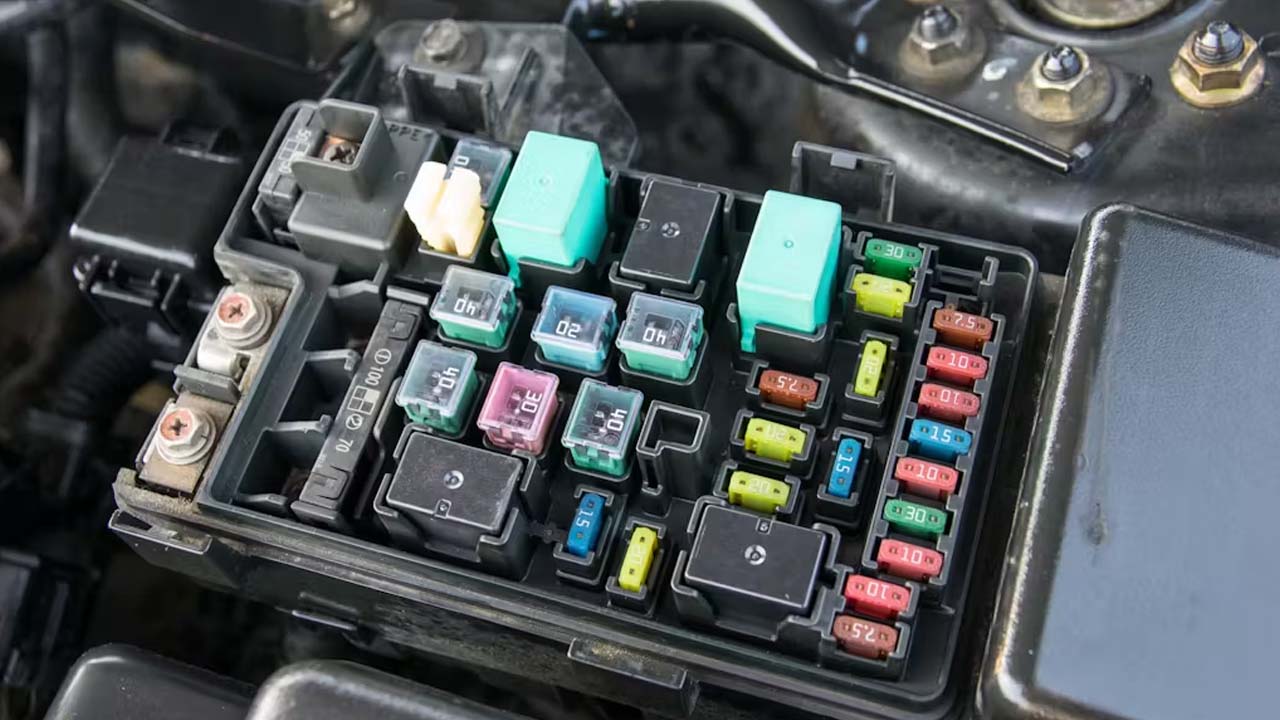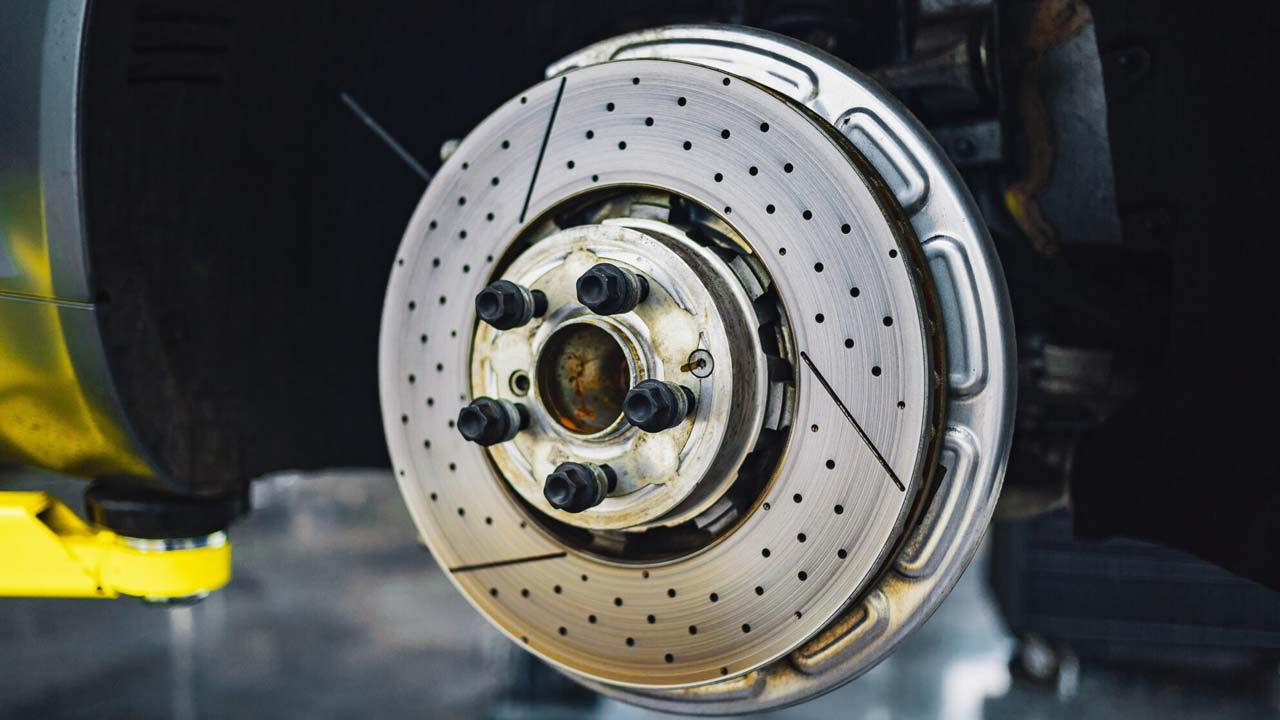Have you noticed that your horn is not working? It may be possible to get your horn working again by following some simple fault-tracing steps. You can fix the horn by yourself!
How often do you scream your own praises? Your car's horn, that is. It is there to help in emergencies, so if the car behind you on the highway suddenly swerves right into your lane a loud horn blast will be appropriate. Can you use your horn to warn the driver of the vehicle in front when they pause a bit after the light is green? Your answer may depend on your level of urgency. Perhaps you use a gentle "honk", when you approach a friend's house and expect that he will be outside waiting for you. It doesn't matter how much or little you use the horn, you still expect it to work when you need it.
You'll know when you need the horn when it won't work. The horn is a component that may have not been used for weeks or even longer than other components. The question is, "Do I do this myself or should I take it to the shop?" This article is targeted at DIY repair people, as it may turn out that fixing an inoperative or broken horn is easier than anticipated. This article will tell you, just as in all our previous articles, that the reason this topic was chosen is because it ranks highly on Google searches and YouTube searches. Instead of reading their articles, why not read ours? Our goal is to give you straight, honest and direct info without any marketing.
Diagnose an inoperative vehicle horn is similar to diagnosing any electrical device: the device itself has wires and connections. There's also a switch or control knob (in the case of the horn), as well a fuse. The fuse is always the first place to check. Fuses are easily replaced and can be checked. They were designed to be the weak link in the circuit. This is to prevent something more important from going out. (This article tells you how to do just that: How to Replace Fuses and Check for Damage.) Consult your owner’s manual if the fusebox is not visible. I remove the fuses to inspect them, since it can be hard to determine their condition visually when they are installed. If you're in any doubt, it is best to try a different fuse. Fix it? Congratulations! Horn still doesn't work? Let's go on.
How to fix a Horn
Locate the horn(s) of your vehicle. They are often located up front in an obvious location, such as behind grilles, in front radiators, or on header panels (the frame-like structure in the engine compartment). There are one or more horns. If there are only two horns and they both fail, it's possible that the problem lies elsewhere (it is unlikely but not impossible for the horns to be at fault). If there is only one horn, we cannot assume the same thing. Horns and their wiring are susceptible to deterioration due to their mounting location. They can be damaged by water, road salts, ice or bugs.
Do a visual inspection of the horns or horns. (I've heard of cases where a minor accident has caused the horn to be crushed, leaving the driver wondering why the horn no longer works. Check the wiring connections. It is possible to remove the terminals by unscrewing a ring or blade terminal. Cleansing these connections is always a good thing to do. You can clean these connections with a screwdriver's blade, a sandpaper piece, an old toothbrush or any other tool that will remove signs of corrosion. Reconnect everything and make sure that the connections are secure.
We would normally suggest to check the ground wire next. However, on older vehicles the horn has a constant 12 volt positive. Pressing the horn button completes this ground circuit, which sounds the alarm. Don't install an "missing wire" in such cases or else the horn sounds continuously. Making this mistake when I was a teenager taught me about horns. The best way to test a horn is to use a wire jumper to touch the grounding terminal on the horn with a good, clean ground on your car or engine. If it sounds, then you know the horn works.
Does cleaning the electrical contacts at the horn solve the problem? Wonderful! If you don't, then it's time to go to the horn. This is where we need to issue a warning. If your car has a driver side airbag (which can be labeled as "SRS"[Supplemental restraint System] [or "SIR"[Supplemental inflatable restraint] depending upon the manufacturer), it's very dangerous to try and access the horn controls on the steering. If you tamper with an airbag, it could inflate and result in serious bodily injuries, or worse. When you have checked your car's wiring, horns and fuses but the horn still isn't working, it is best that you let an expert fix the issue.
If your vehicle doesn't have an air bag for the driver, you can remove or pop the horn and inspect the connections. Often, constant steering wheel motion will affect these connections. Like what you did with the horns before, remove the wiring from the connector, clean it, then reconnect everything.
If the fuse and connections under the horn are in good condition and the wiring beneath the button is clean and tight, it's likely that the horn itself is the issue. If you can easily remove the horn on another vehicle, try temporarily unbolting it and trying it with your car. Horns will eventually wear out due to the weather conditions. The good news, however, is that we can replace them with a range of horns. Some are specific to a vehicle, while others are universal. This is a great opportunity to upgrade the horn so that you can wake up the sleepy driver behind you. Hope you found our DIY horn fix article helpful.




